With more than 20 years in the well-being profession (12 as a coach), I’m biased in saying — this is a magical field.
It is not enough to amass coaching skills. I have learned I also need to practice deep self awareness — to enable vulunerabravery — a conscious choice to be in a place of discovery with clients.
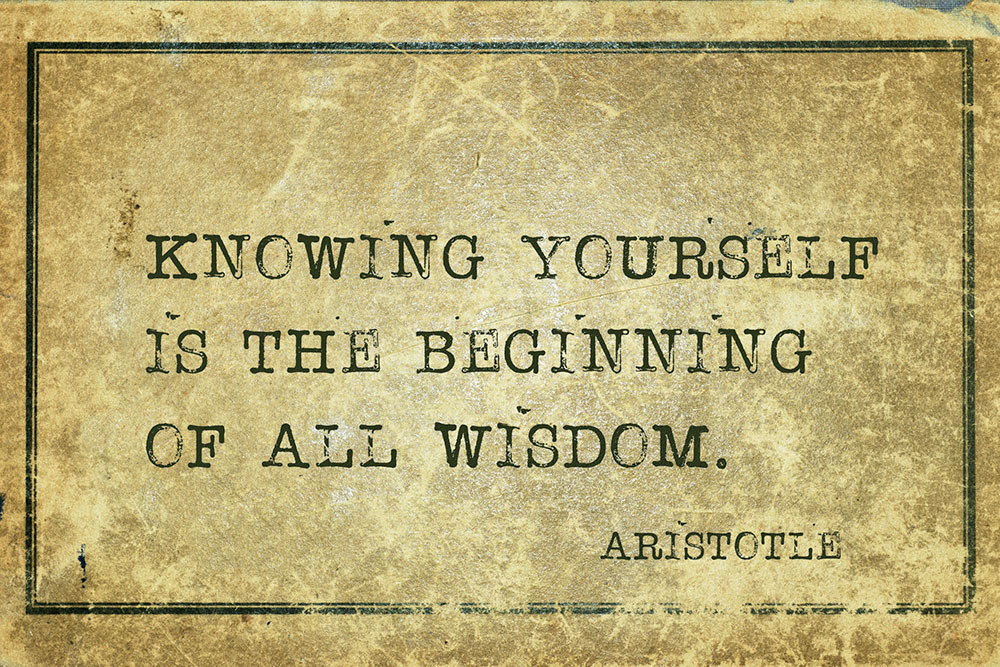 As a member of several coaching communities, at a year-end meetup, I was offered a provocative, exploratory question: “What will it take to see my value in 2024?”
As a member of several coaching communities, at a year-end meetup, I was offered a provocative, exploratory question: “What will it take to see my value in 2024?”
I paused.
Then I reframed the question, “What will it take to continue to see my value in 2024?”
Words matter. They connect us to one another and to ourselves.
Making the question my own allowed me to process it deeply, reflecting and listening to my inner wisdom.
Exploring my current narrative, which contained narratives with limiting barriers, I internally asked in what ways am I aligning my values with my actions.
That additional question resulted in a quasi-circular infographic of my core value — where I acknowledged “treating myself with love and confidence that exemplifies what I value”.
In what ways are you listening to yourself?
A hallmark of overall well-being is the ability to listen to oneself, trusting one’s instincts, while quieting the external and internal noise that create limiting barriers.
A form of self-trust.
This self-trust is an awareness of and understanding of who you are — an authentic expression of your agency.
 It calls for vigilance to not slip into false positivity or overly negative self-thoughts.
It calls for vigilance to not slip into false positivity or overly negative self-thoughts.
It calls for discernment — peppered with wisdom — lifting up your self-knowing.
It calls for us to ask uncomfortable questions, while affirming your truth and what is meaningful, and checking in with your innermost thoughts.
The shoulds, woulds, coulds, and societal expectations are cleared out as self-awareness and confidence are developed in a nonjudgmental way regarding our thoughts and feelings.
Listening to yourself is about cultivating a relationship with our being.
Start by understanding what we value by looking at our life and choices, and what brings both meaning and purpose.
Then, ask the questions that allow for decluttering or quieting of the inner critic.
 Questions that allow us the opportunity for tapping into our wisdom while releasing what is unnecessary.
Questions that allow us the opportunity for tapping into our wisdom while releasing what is unnecessary.
For example, the question posed to me by coach Mo Ali, “What will it take to see my value in 2024?” allowed me to reflect on what I value in this season of my life…
Redefining the value proposition I bring to my coaching & consulting practice.
What question is calling you to give voice to your inner voice?

Head over to my LinkedIn page to read about the latest!
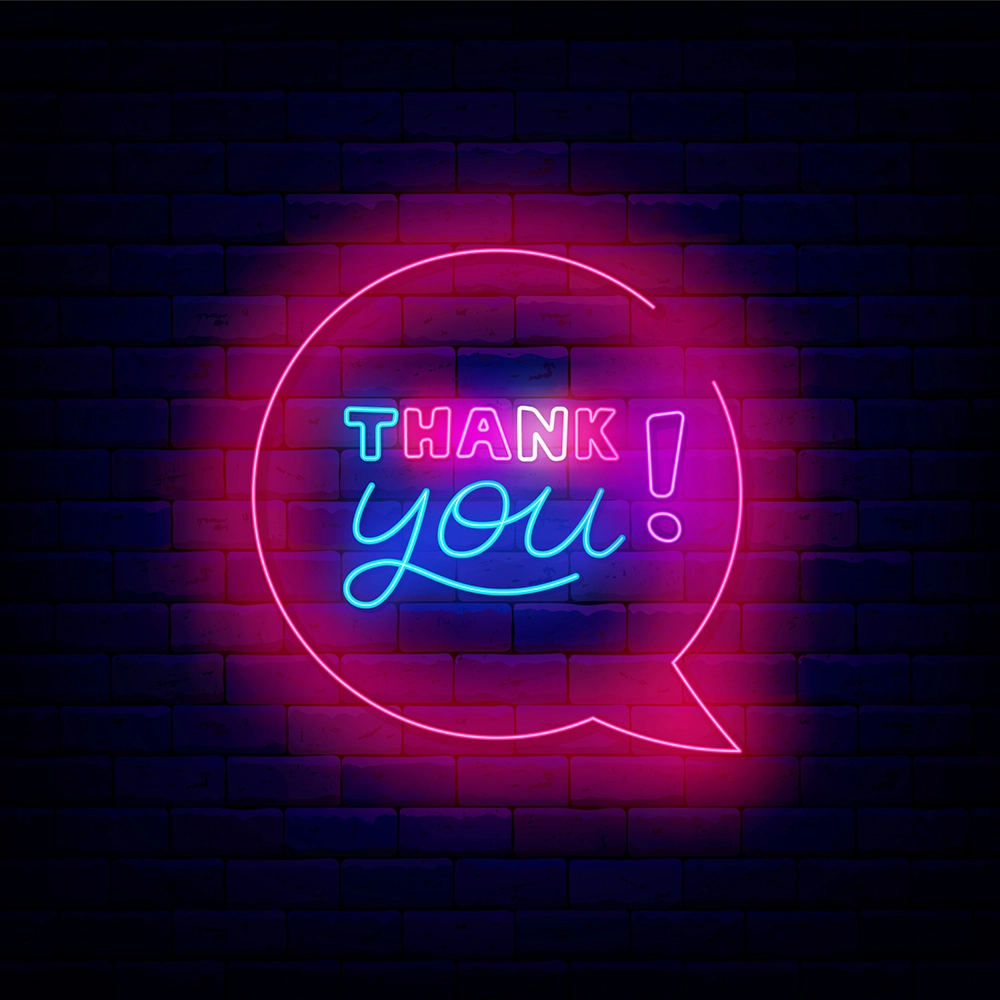
I am happy to report that I received a wonderful response to the request for pro bono coaching clients.
I will be well on my way to having two recorded coaching sessions for submission to the International Federation of Coaching (ICF) Master Certified Coach (MCC) Credential.
Thank you for your response!



 Csikszentmihalyi
Csikszentmihalyi Although I started off talking about leisure
Although I started off talking about leisure  Head over to our
Head over to our 
 After some internal dialogue about the need to ‘get cracking’ and put my thoughts down, coherently, for this monthly issue, it wasn’t happening.
After some internal dialogue about the need to ‘get cracking’ and put my thoughts down, coherently, for this monthly issue, it wasn’t happening. 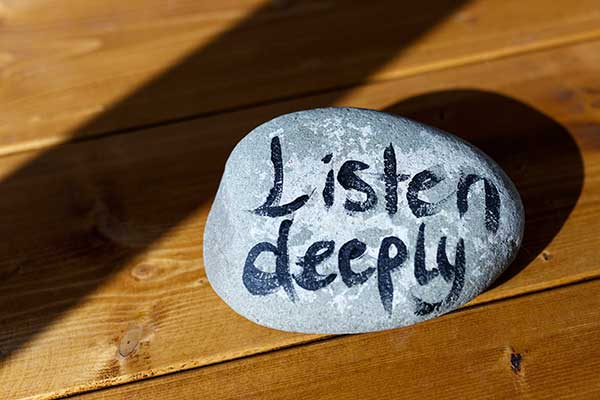 Listening deeply
Listening deeply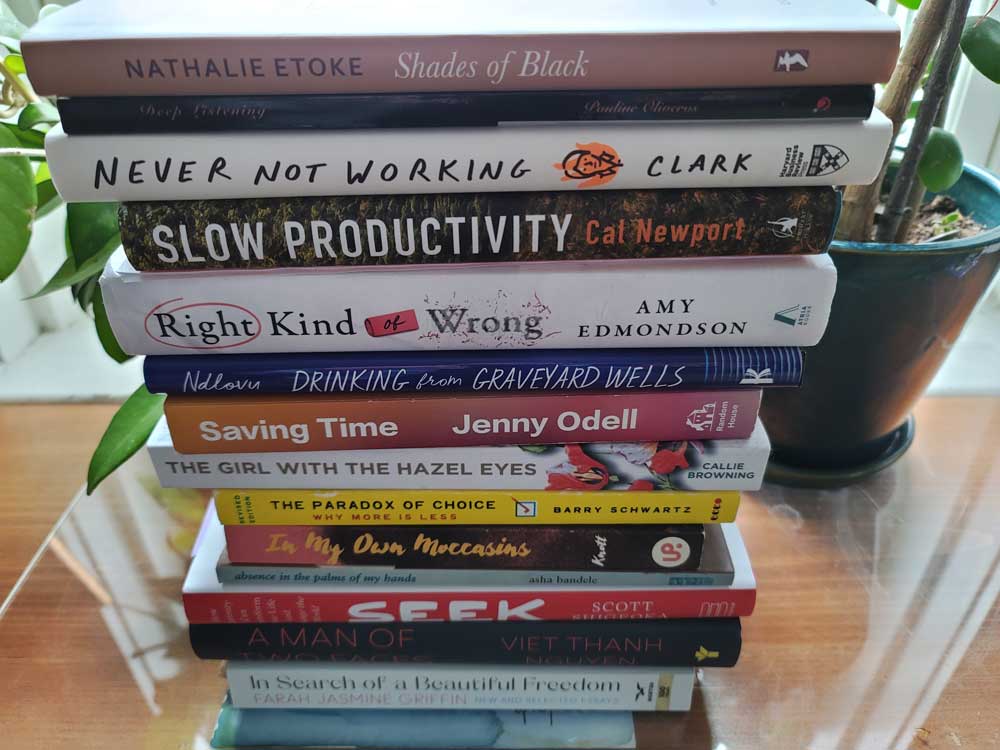 Head over to our
Head over to our 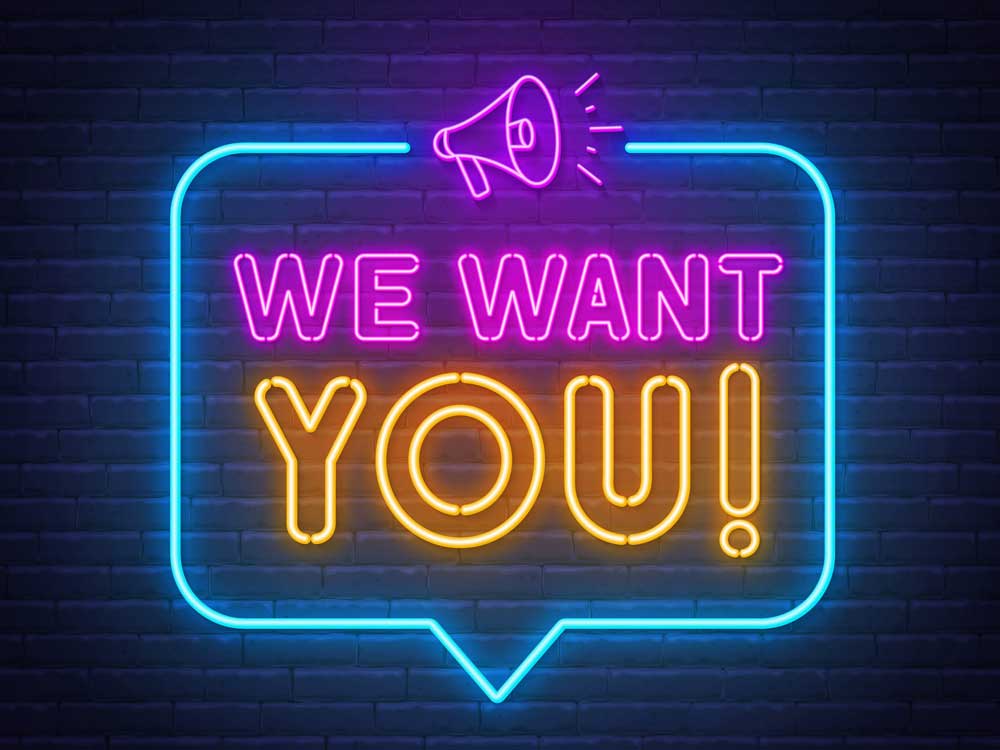

 Rarely do we see the complete picture of what it would take to be the best; to perform at one’s maximum.
Rarely do we see the complete picture of what it would take to be the best; to perform at one’s maximum. Discernment and critical thinking are called for when assessing the information that will inform our choice.
Discernment and critical thinking are called for when assessing the information that will inform our choice.  Acceptable in standard requires, on some level, humility, patience, discipline, and a balanced perspective. It is not about perfectionism or maximizing what we’re doing. It is subjective and based on a future feeling that we hope will come to fruition, yet we cannot guarantee it.
Acceptable in standard requires, on some level, humility, patience, discipline, and a balanced perspective. It is not about perfectionism or maximizing what we’re doing. It is subjective and based on a future feeling that we hope will come to fruition, yet we cannot guarantee it.

 By infusing psychological safety into the organization, leaders ensure and show their willingness to expand their understanding, the belief that it’s okay to be uncomfortable and encourage team members to get to the essence of difficult topics in an open and supportive manner.
By infusing psychological safety into the organization, leaders ensure and show their willingness to expand their understanding, the belief that it’s okay to be uncomfortable and encourage team members to get to the essence of difficult topics in an open and supportive manner.

 Breaking it down, productivity is a mathematical equation of output divided by time. This concept has permeated every industry and adversely affected the way we work and measure our work.
Breaking it down, productivity is a mathematical equation of output divided by time. This concept has permeated every industry and adversely affected the way we work and measure our work. 


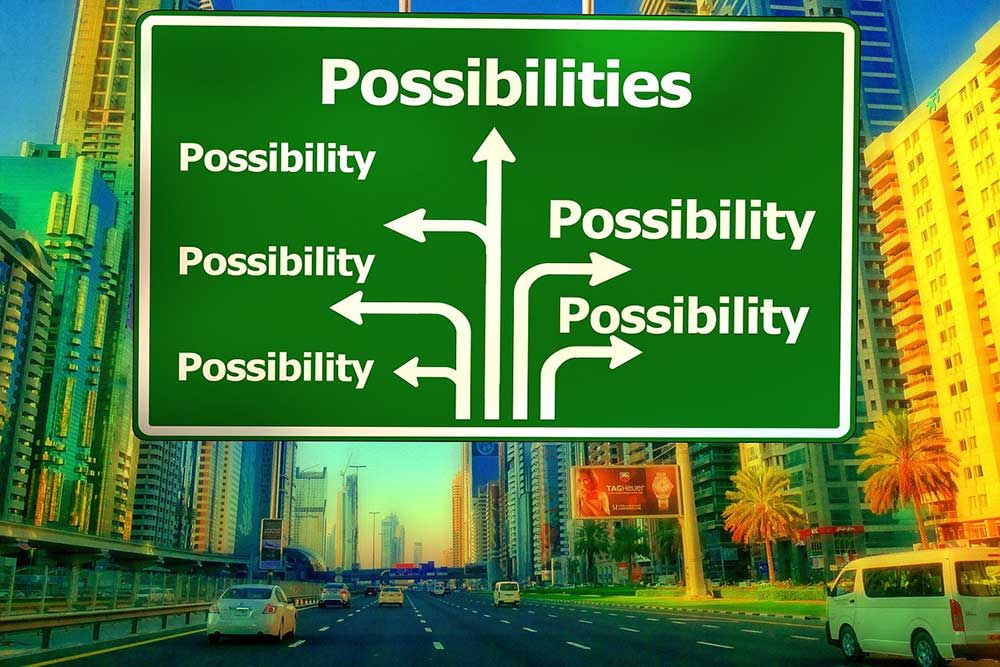 Two possibilities might be too dualistic … pitting one off the other … so consider offering yourself enough possibilities to feel whelmed (yet not overwhelmed).
Two possibilities might be too dualistic … pitting one off the other … so consider offering yourself enough possibilities to feel whelmed (yet not overwhelmed).  From the individual and organizational perspective, what possibilities await you in 2024?
From the individual and organizational perspective, what possibilities await you in 2024? 
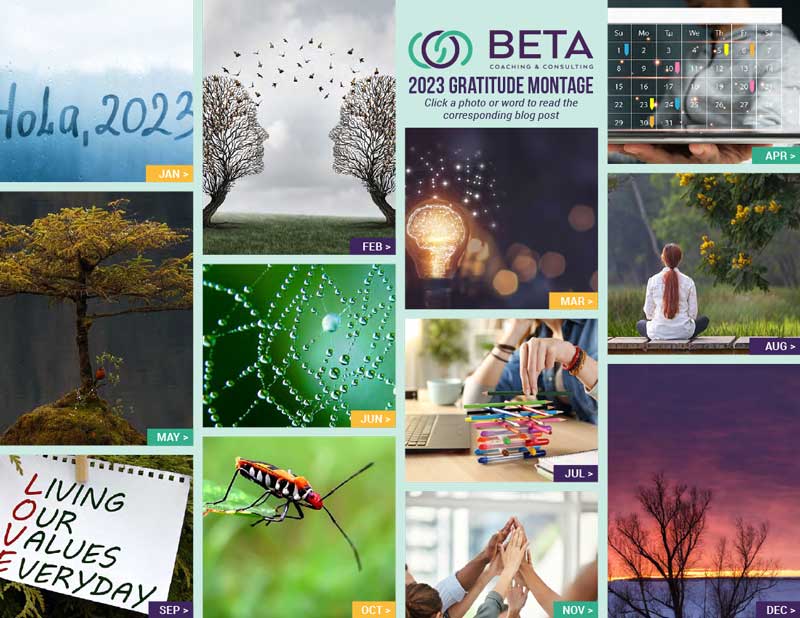
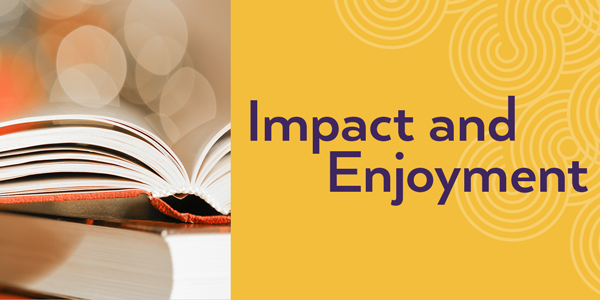


 Creating a safe enough space for colleagues to speak up and reinforce the organization’s values is key. Building these
Creating a safe enough space for colleagues to speak up and reinforce the organization’s values is key. Building these 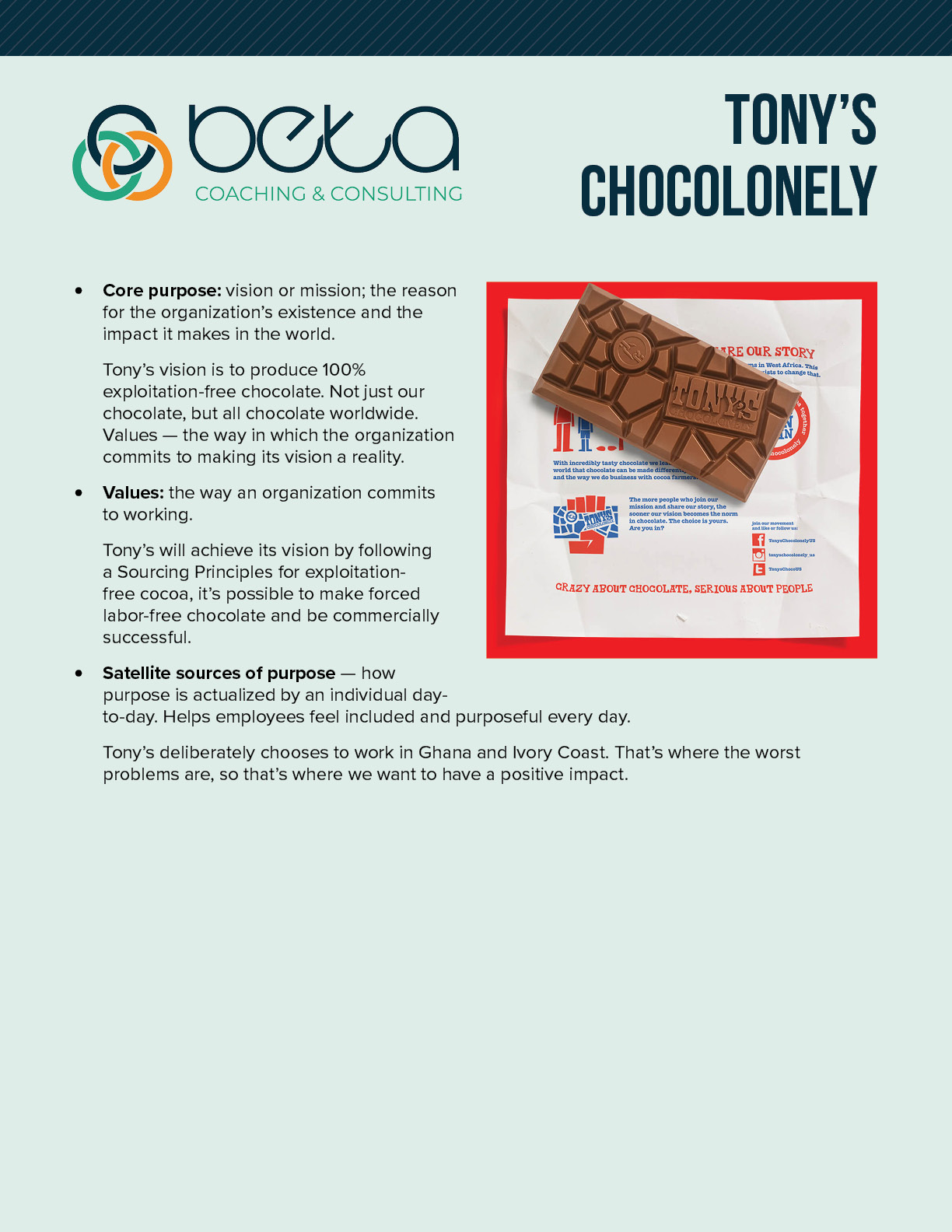

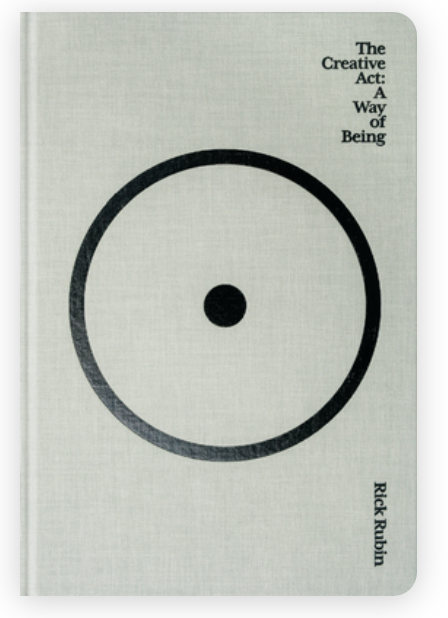
 A discovery session is
A discovery session is 
 The
The 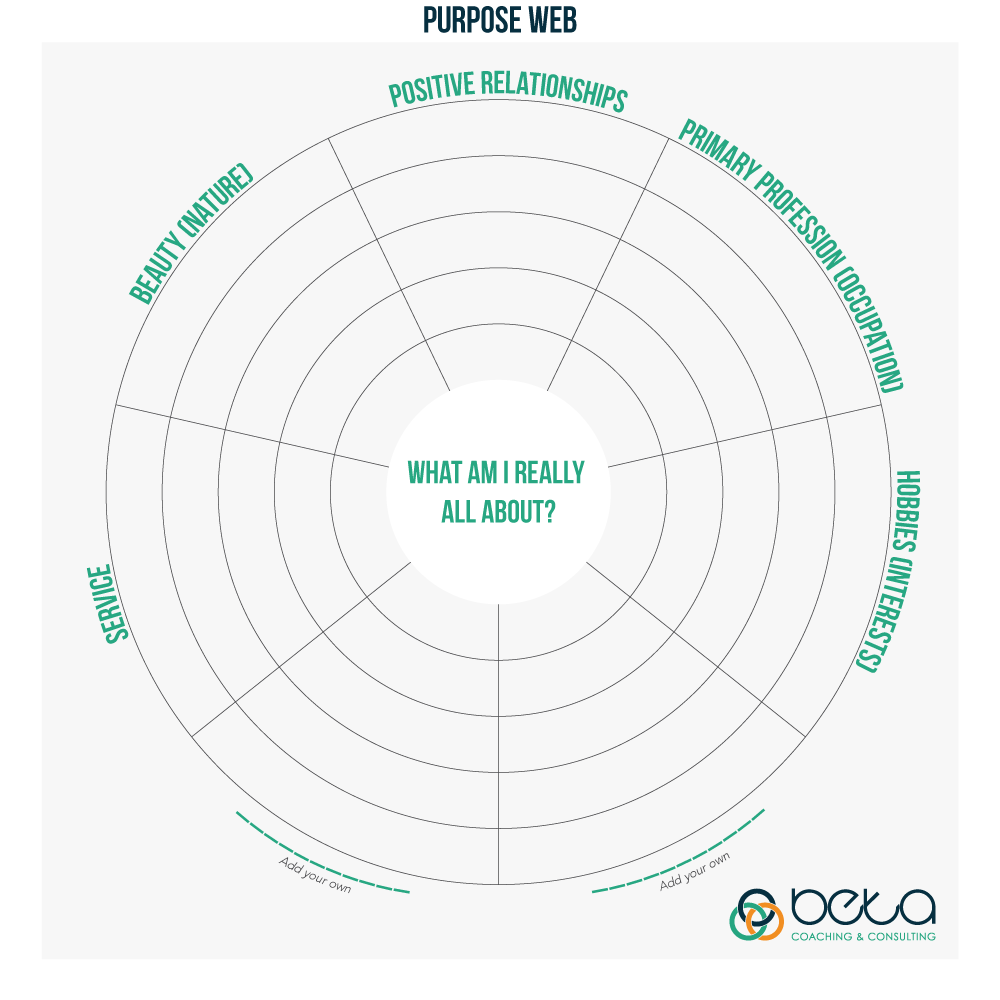
 Think about the ways your purpose has been recrafted, while being intentional to your needs, over time. Then answer the questions, “what are you really all about?” and “what creates purpose and meaning for you right now?”
Think about the ways your purpose has been recrafted, while being intentional to your needs, over time. Then answer the questions, “what are you really all about?” and “what creates purpose and meaning for you right now?” 

